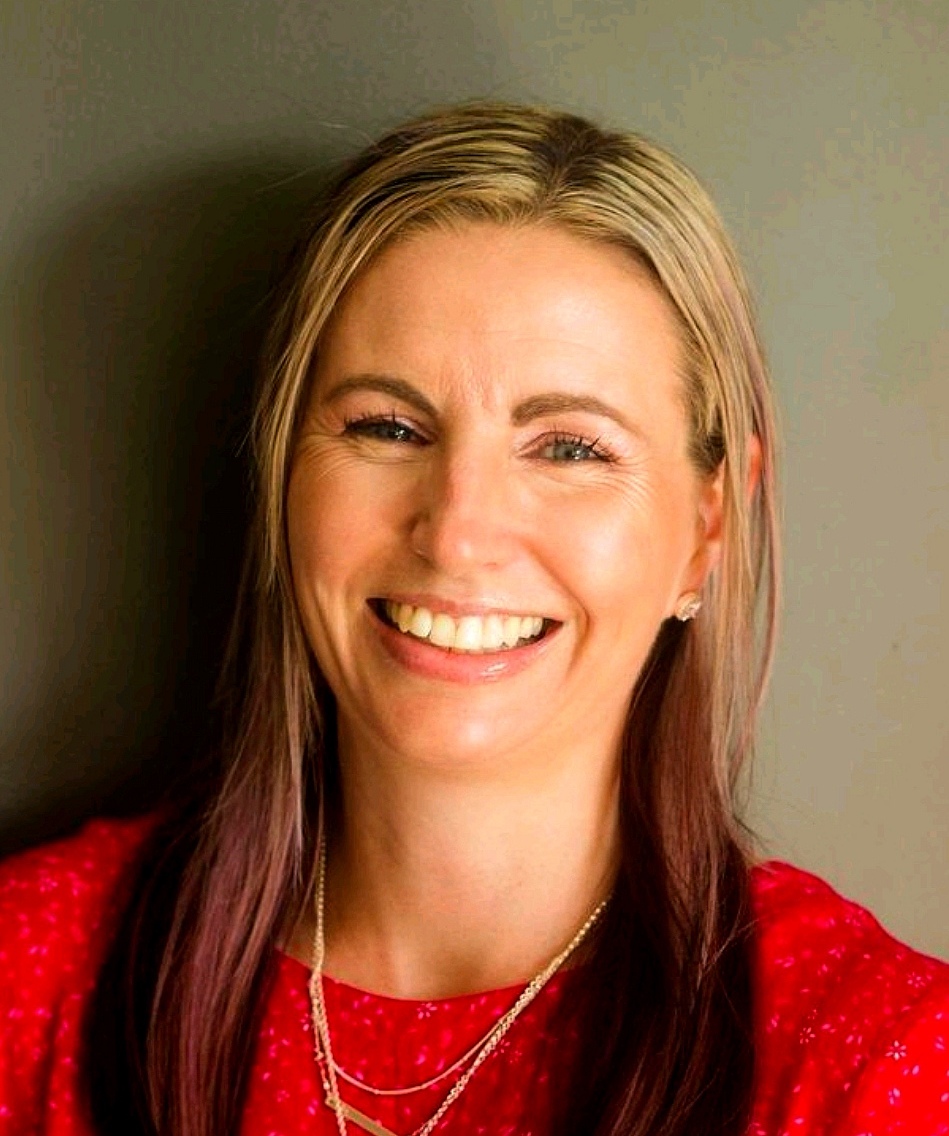How to Develop a Healthcare Simulation Scenario Outside Your Clinical Expertise
Often as healthcare simulation educators, there may be a tendency to stick with the development and delivery of clinical simulation scenarios within the educator’s area of expertise. The HealthySimulation.com article written by Erin Carn-Bennett is written for those clinical simulation educators that resonate with the statement or those at the start of their journey as clinical simulation educators. The article will explore ways to design a healthcare simulation scenario that is on a topic the educator has limited knowledge of.
As a healthcare simulation educator, there will be a clinical background of comfort for the faculty member. When asked to be involved in a clinical simulation scenario outside of one’s comfortable clinical background, the healthcare simulation educator may feel that their lack of experience or knowledge is a limitation.
However, without preconceived bias and historical experiences, the clinical simulation educator can provide strengths in ways not always obvious at first glance. A huge strength can be the ability to be a genuinely curious debriefer in an area where knowledge and experience are limited within the field. Participants within the clinical simulation scenario may also feel more comfortable to be more vulnerable in the debrief with a faculty debriefer who has no ties or history with the clinical area where clinical simulation is run.
Sponsored Content:
The ability to see what happens in a new clinical environment and team through an open mind can be incredibly helpful to the local area and also for the clinical simulation educator’s growth as a healthcare simulation educator. A challenge to knowledge base and taking on new skills in the design and delivery of healthcare simulation is an important skill in a career in healthcare simulation. The healthcare simulation educator needs to be aware of and follow The INACSL Healthcare Simulation Standards of Best Practice.
The safety of the clinical simulation educator in the delivery of the scenario is important. Ensure that the scenario is delivered with at least one of the content areas experts present to answer any specific local knowledge and policy-related questions. The partnership with a local expert can allow reciprocal knowledge acquisition as the local expert learns from the healthcare simulation educator about how to deliver clinical simulation scenarios and debrief in a psychologically safe manner.
In order to start to write the clinical simulation scenario in an area that is unfamiliar, first of all, ensure that there is knowledge of why the clinical simulation team has been approached to perform clinical simulation. At this point, there is merit in understanding the potential issue or issue that has led to a request for clinical simulation. A needs assessment should occur.
Healthcare simulation participants need to know that they are not tricked or trapped when they participate in a clinical simulation. The psychological safety of participants and faculty should always be paramount. At times this may mean the simulation education must share this information with the area that asks for clinical simulation and provide an explanation that clinical simulation will not solve the conundrum or problem.
Sponsored Content:
If a specific clinical simulation case has been requested by the local area, ensure that if the case relates to an adverse or traumatic event, enough time has passed. The time required may be a few months or years and needs careful consideration. For staff involved in the adverse or traumatic event that becomes a clinical simulation case can trigger the emotions initially felt during the experience. Take this into consideration for everyone’s psychological safety.
When the application for clinical simulation is found to be appropriate to progress, build relationships with areas approached if not already established. Link in with the appropriate staff members to ask for ideas, fact-check, and begin to build knowledge. Check the clinical simulation team’s current clinical simulation library for any historical scenarios or similar to either edit for the scenario planned for or as a base to design a new one.
Ask the clinical expert in the local area about any relevant policies and how the case would be expected to be cared for. Enquire about the clinical environment and available equipment and services for staff to access. Then use the information to inform the learning objectives in writing the clinical simulation scenario and in the plan of how the scenario will run.
In the planning phase, consider what zone of clinical simulation this scenario will occur, what debrief methodology will be used, and what clinical simulation faculty will be required to make the scenario happen.
As a clinical simulation educator, allow enough time to research the topic for the clinical simulation scenario and increase one’s knowledge. Ask colleagues in other areas that may be knowledgeable in the topic as well. Use high-quality online sources to inform the scenario, such as OPENpediatrics.
Write a scenario with a standardized faculty run sheet or template. These can be created on a Word document with tables or a template of choice from other sources. A standardized scenario run sheet minimizes the risk of missing key learning objectives, equipment, or information to run the clinical simulation. Take time to design the scenario and pull on all the resources and knowledge from the research phase.
Review the scenario and ensure that the scenario is appropriately leveled for participants and matches learning objectives, methodology, and debrief plan. Get a colleague in the clinical simulation team to check your scenario and provide constructive feedback. Ask the local expert connection to review the scenario and also provide feedback. There may be quite a lot of edits required at this stage of the scenario phase, and this is ok.
View the HealthySimulation.com LEARN CE/CME Platform Webinar How to Implement the Healthcare Simulation Standards of Best Practice Into Your Simulation Program to learn more!
Ideally, there will be time to test the scenario prior to the delivery of the clinical simulation. An allowance for further edits and for the clinical simulation team to become familiarized with the scenario and how the scenario will run is useful. In reality, this phase of design may not always occur due to time pressures, however, best practices support a pilot test of each simulation scenario. Although feasible to be ready, there is a risk of error, or participants’ decisions can lead to an unexpected tangent. Be prepared to manage these and respond or redirect them as required. When in partnership with local experts, this will allow the safety of the participants, clinical simulation faculty and also grow knowledge bases.
In this article, there has been discussion around the strengths of delivery of a clinical simulation in an unfamiliar clinical environment. As clinical simulation educators, there can be a natural inclination to avoid areas that are not familiar to the educator. However, as discussed, there are many strengths that a clinical simulation educator can contribute to this situation. With a plan, research, and collaboration, this can be achieved. Best clinical simulation practices support the collaboration of a subject matter expert and a healthcare simulation expert to produce the best outcomes for the learners.
Learn More About The Healthcare Simulation Standards of Best Practices!
Erin Carn-Bennett is a Simulation Nurse Educator for the Douglas Starship Simulation Programme in Auckland, New Zealand. Carn-Bennett has her Masters of Nursing and has an extensive nursing career within pediatric emergency and also nursing management. She is passionate about debriefing and all things simulation. Carn-Bennett is a member of the IPSS board of directors. Carn-Bennett is the lead host of the podcast Sim Nurse NZ.
Sponsored Content:
















